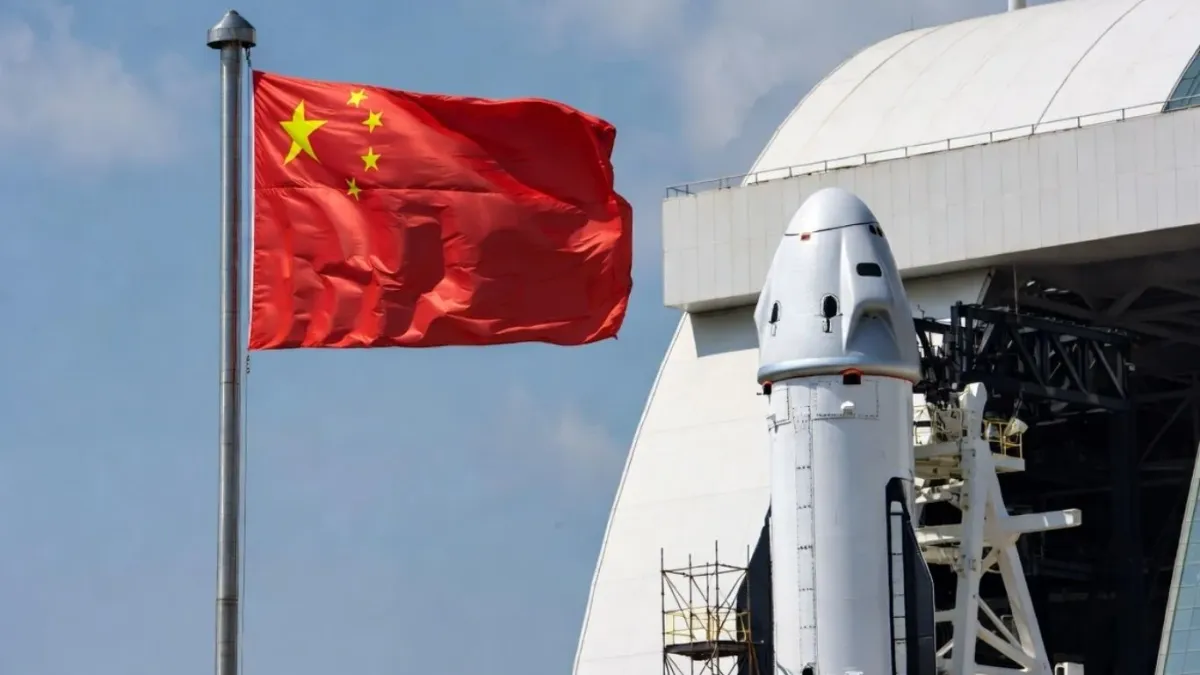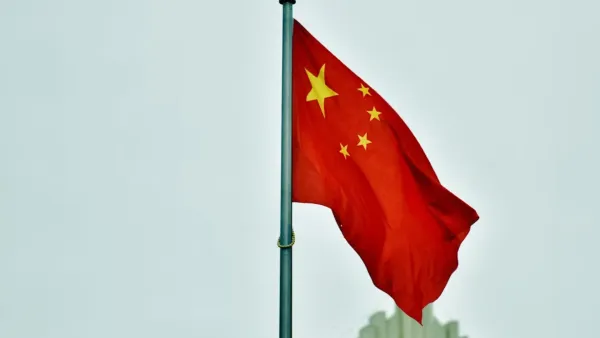China is preparing to launch an uncrewed version of its Shenzhou spacecraft at the end of November, the first autonomous mission of its kind since 2011.
The launch will depart from the Jiuquan Satellite Launch Centre and follows a recent setback after a crack in the return module of Shenzhou-20 forced adjustments in crew rotation and vehicle scheduling.
In parallel, China’s commercial launch industry is facing postponements. Several private providers had aimed for maiden flights this year but pushed them into 2026. The uncrewed Shenzhou mission arrives amid those delays and signals a consolidation of state-led operations ahead of China’s next lunar and station-based efforts.
Strategic Shift in Chinese Space Operations
The decision to fly an uncrewed Shenzhou reflects a more deliberate approach by China National Space Administration (CNSA). After the discovery of a fine crack in Shenzhou-20’s window, the agency extended the crew's stay and deployed an earlier spacecraft as a lifeboat to ensure safety.
At the same time, private firms like Galactic Energy and iSpace, once on track for initial flight demonstrations this year, are now pushing their targets into next year. The dual trend suggests that while China pursues its deep-space roadmap, the timing for fully commercial launches may slow as certification and infrastructure mature.
China’s Lunar and Station Programmes
The uncrewed mission can serve multiple roles. First, it strengthens logistics and safety procedures for future crewed flights to the Tiangong Space Station. Second, it supports China’s lunar ambitions, including the Chang’e 7 mission set for 2026 which will search for water ice near the South Pole.
Meanwhile commercial launch delays may push back timelines for satellite constellations and private missions, giving CNSA more control over orbital access. That could affect the competitive position of Chinese private firms and global customers seeking alternative launch providers.
The next updates from China will clarify how the uncrewed Shenzhou fits into the country’s broader mission sequence. More details on the launch date, spacecraft configuration and return-vehicle testing will shape expectations for China’s crew-rotation strategy.
The progress of private launch firms will also show whether recent delays are short-term adjustments or signs of a longer pause in commercial activity. Together, these developments will outline how China balances state-led exploration with the evolution of its commercial launch ecosystem
Conclusion
China’s planned uncrewed Shenzhou launch highlights a moment where agency-led missions and commercial ambitions overlap. By prioritising safety, reliability and deep-space readiness, CNSA is positioning itself for expanded lunar and station work.
The progress of China’s private sector meanwhile will be shaped at least as much by infrastructure and policy as by launch technology.



